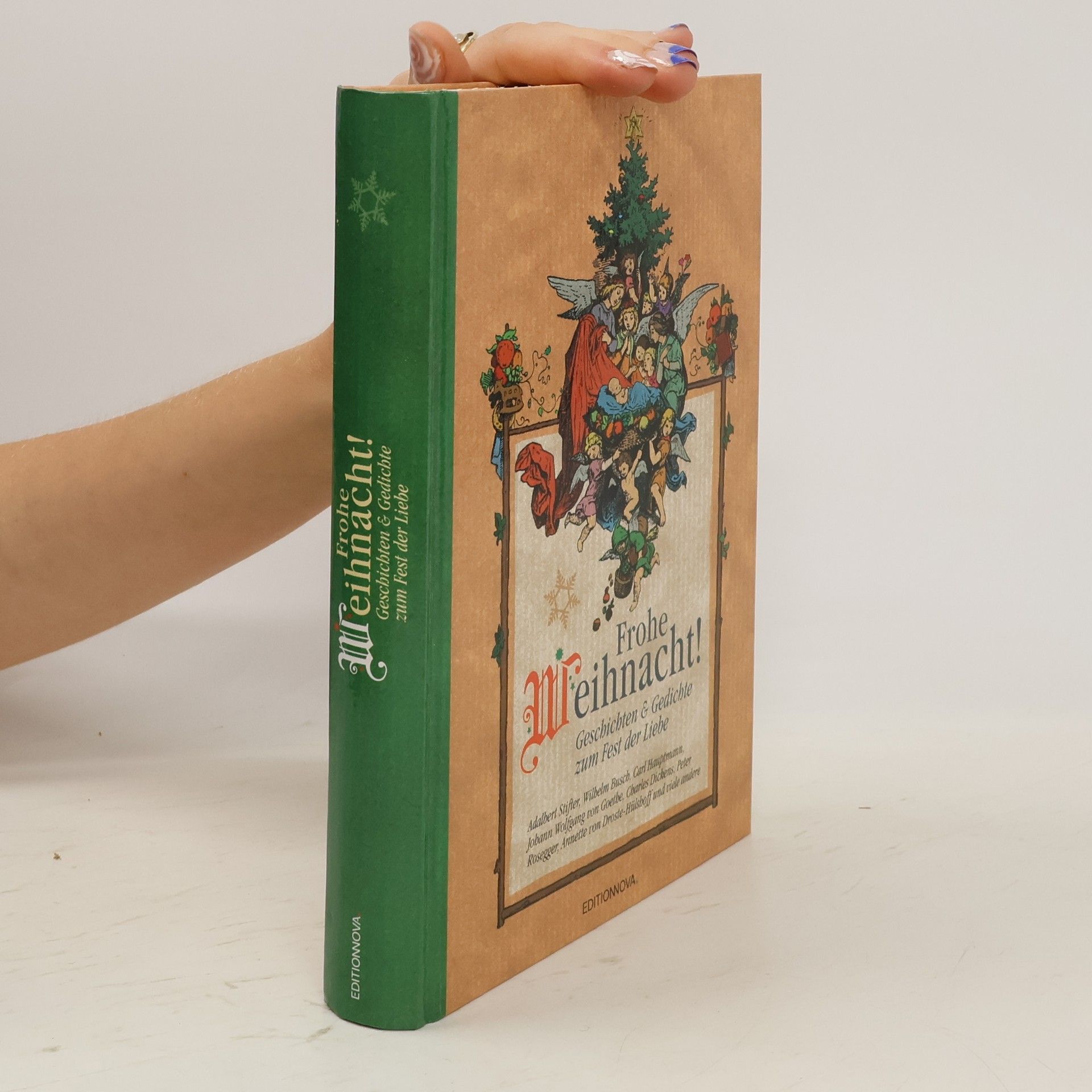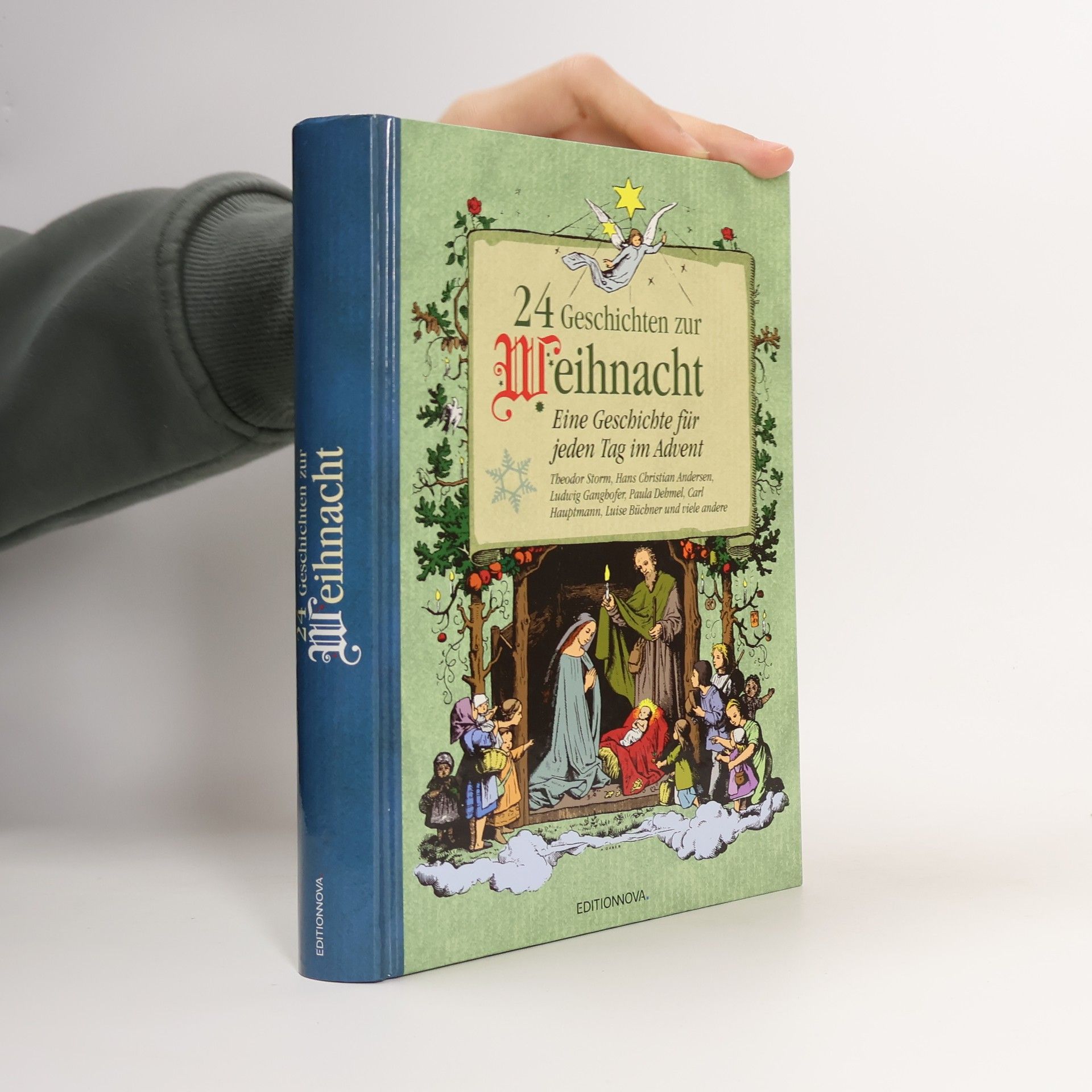The baroque period spanned the whole of Europe from 1600 to 1780. Beginning with Italian artists who brought drama to painting through dynamic compositions and pronounced contrasts between light and dark, the baroque was later exported by countless artists to their own countries, where the new style developed in very different ways. With its monumental historical paintings and magnificent portraits, catering to sovereign desires for splendor and demonstrations of both secular and religious power, the baroque rose to become the style of European court art. The latest phase of the baroque, known as rococo, began in about 1720 and was characterized by an increased sense of playfulness and intimacy.
Kristina Menzel Ordre des livres






- 2020
- 2020
In the 1860s, a style of painting emerged in Paris which fundamentally called into question the artistic concepts that had been prevalent in academies up to that time. Impressionist artists such as Monet, Renoir, and Degas now focused on their impression of the moment, which was captured in paintings depicting moods and light at certain times of the day and of the season, as well as in snapshots of modern life. This new kind of artistic worldview spread to other countries in Europe and the USA, which in turn produced numerous Impressionist painters. With more than 450 works, Impressionism presents an overview of the most important Impressionist paintings.
- 2020
Renaissance
- 540pages
- 19 heures de lecture
Platenboek met bekende en onbekende schilderijen en muurschilderingen uit de Renaissance vanaf de vroege veertiende eeuw in vooral Italië tot en met de late zestiende eeuw in Duitsland.
- 2018
Renaissance - Renacimiento
- 540pages
- 19 heures de lecture
During the origin of Renaissance painting in Italy, a world view was revived that enabled man to determine his own existence. In painting, new themes developed along with an orientation toward representing reality. This naturalism was influenced by Dutch painting from around 1450, and as the fifteenth century transitioned into the sixteenth, Rome followed Florence as the center of the Renaissance. Shortly thereafter, the new style radiated to other countries. In northern Europe, the Renaissance combined with late medieval currents, which also placed earthly existence at the center of attention. Renaissance 1420-1600 shows with more than 400 works an overview of the most important paintings of the era.
- 2017
Jan Vermeer
- 216pages
- 8 heures de lecture
Vermeer’s Girl with the Pearl Earring is almost as famous as Leonardo da Vinci’s Mona Lisa. And yet the life and work of the painter remains as enigmatic as ever. This volume shows Vermeer’s small oeuvre and puts it into the context of Dutch genre painting of the seventeenth century.
- 2011
Bekannte und weniger bekannte Schriftsteller beschreiben die schönste Zeit des Jahres und rufen auf wundersame Weise Weihnachtsstimmung in uns wach. Angereichert mit historischen Illustrationen, lädt die Sammlung zum Vorlesen und selbst Lesen ein und weckt bei Jung und Alt gleichermaßen die Vorfreude auf die Weihnachtszeit
- 2011



